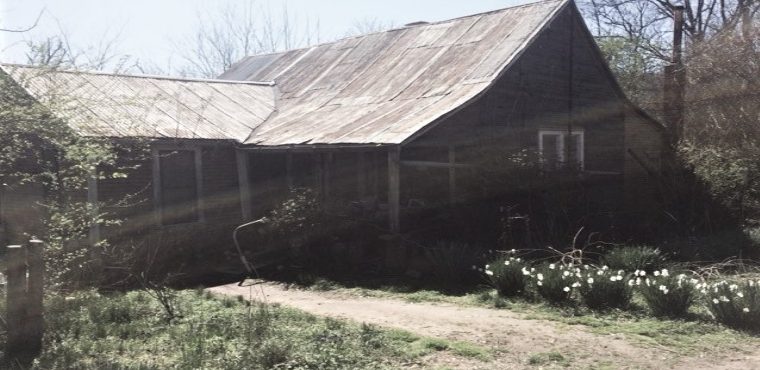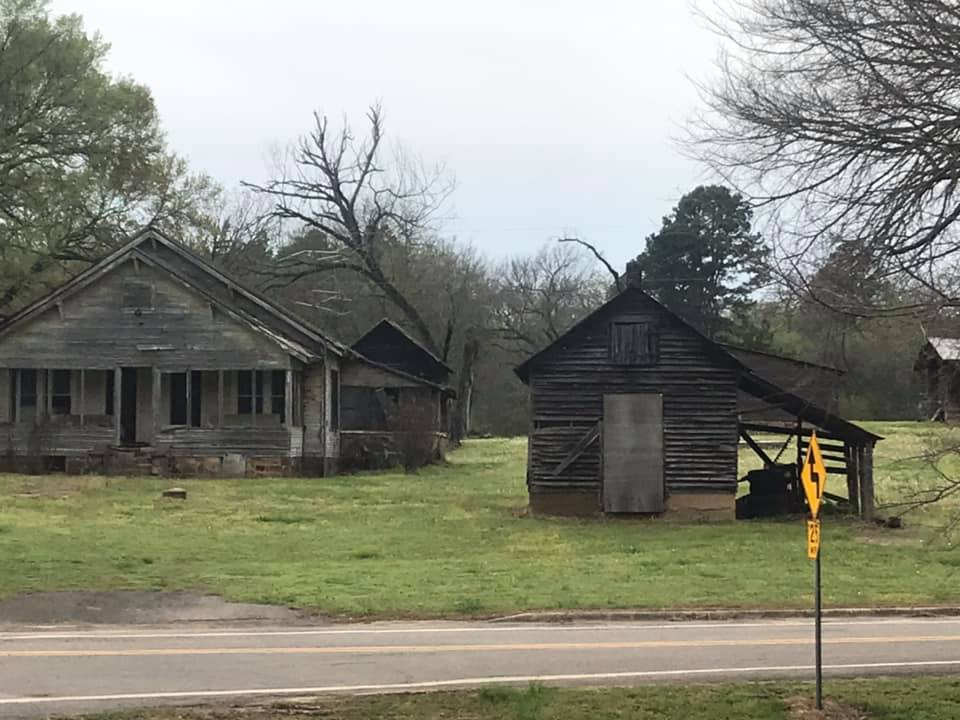By Dr. Curtis Varnell
I must have passed by a hundred such old homes. Situated just off the gravel road, it looked old and forlorn in its isolation. Tattered grey brick siding hung limply from some of the outside walls, exposing the tarpaper beneath. The tin metal roof was rusted but still intact, protecting the few contents left by prior owners.
Built in the early 1900s, the building once housed a large family. The living room set in front, just off the small porch entryway. One could still see where the coal-burning heating stove sat, its stovepipe running into the central chimney that extended into the ceiling. The kitchen sat just behind, very small by our standards, and connected to the world by a screen-enclosed porch. A few storage cabinets were situated on the walls, yellow paint peeling from the real wood surfaces below. The sink and washbasin sit outside on the porch, handy for a last-minute cleaning before coming in to eat.
Two bedrooms extended to the left, an old iron rail bed still standing in isolation in the center of the floor. Single light bulbs dangled on wires, probably added in the ’50s as electricity was extended to rural areas. The walls are covered in sheets of rollout paper, once red but bleached by the years to an off-orange. The paper is held in place by tacks inserted through brass taps. My mom used to explain that those tacks and wallpaper were the only things preventing the wind from sweeping through the house on winter days.
Outside, a pulley hung on beams extended above the well, the old well bucket still attached. Morning would find someone drawing water from the well for daily use. Just beyond, surrounded by a rusting hog wire fence, sat the abandoned garden spot.
The lawn is overgrown in tufts of grass and weeds but one can see the care once supplied by the owners. In a long gingham dress, probably with a sunbonnet over her head, the wife had once dug, hoed, and planted a plethora of flowers and bushes which adorned her country home. Daffodils, which in Arkansas are called Easter flowers, grow profusely across the yard, over-spilling the rock flower garden that once held them in place. Iris plants of all colors edge the property with rose of Sharon and azalea bushes filling in the areas around the front porch. It must have been a colorful scene when all were abloom.
In my mind’s eye, I can see young boys busy playing marbles in the dust of the front yard. Drawing large circles or diamonds, they played for “keeps” knocking the opponents cat-eyes and milky marbles from the dirt designs and keeping the marbles. Playing keeps was forbidden at school, it resulted in far too many kids coming home with black eyes or bruises from the ensuing fights. Mumbley-Peg was another favorite game and involved flipping a two-bladed pocket knife from various parts of your body and, hopefully, sticking it into the ground close to your opponent without doing too much physical damage. Small girls in pig-tails chased about the yard scattering the chickens or played hop-scotch. In the fifties, the entire group of kids might have tried their luck with the hula-hoop, a fad that swept the country. Children grow up and depart for greener pastures, the parents pass away and are interred at the local cemeteries.
The house stands alone and forgotten, a shadow of what once existed. A house is a building; a home is where memories are stored.








